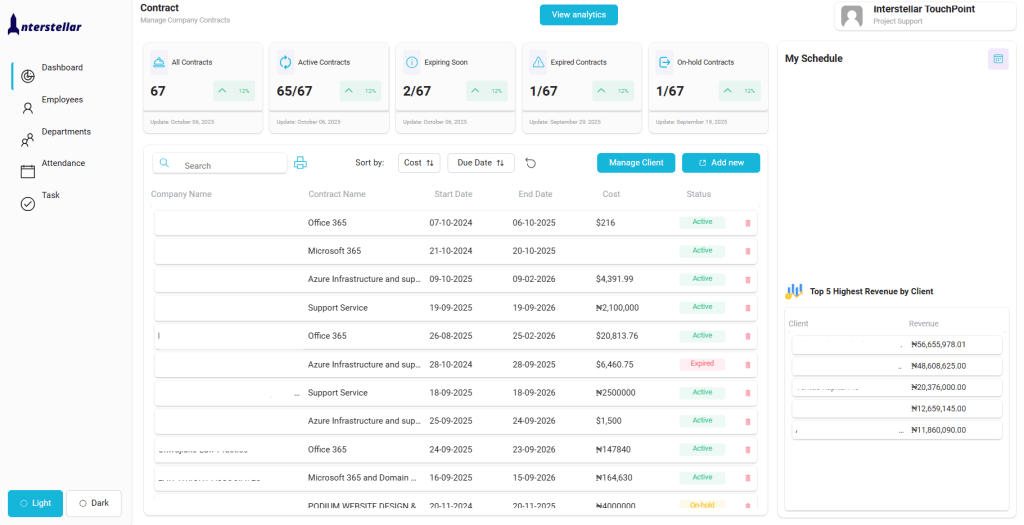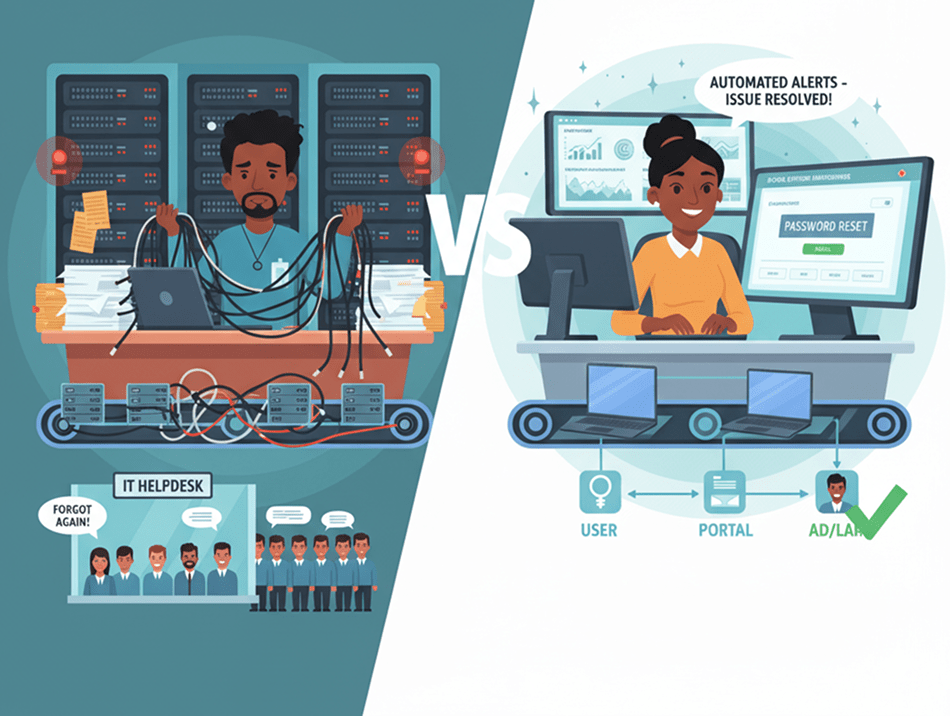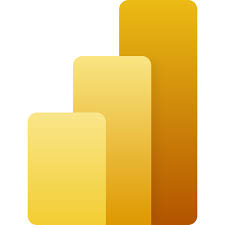Business Process Automation in
Microsoft Power Platform
Organizations adopt BPA to improve efficiency, reduce errors, and free up staff for more strategic work.

Why Every Business Needs BPA (Now More Than Ever)
Business Process Automation (BPA) is the practice of using technology to streamline, optimize, and automate repetitive or manual business tasks freeing teams to focus on high-value work. Common examples include automating approval workflows, managing employee onboarding, tracking service requests, generating alerts, and digitizing paper-based processes.
For Example, Contract Expiration Alerts – Many businesses still rely on spreadsheets or staff memory to track contract dates. This often leads to overlooked deadlines, expired agreements, and sometimes costly penalties. With Business Process Automation (BPA), contract dates are monitored automatically. The system sends timely reminders 30, 15, or 7 days before expiration so managers can act quickly. No missed renewals, no last-minute rush, just smooth and professional contract management
Cost Reduction
Less time spent on repetitive work = lower operational costs.
Illustration: Automating invoice processing reduces the need for large finance teams
Improved Accuracy
Human errors (typos, missed steps) are minimized.
Illustration: Automated payroll ensures correct salary calculations without mistakes
Efficiency & Speed
Automation eliminates delays and errors caused by manual processes.
Illustration: BPA automatically routes expense approvals to the right manager.
Examples of Business Process Automation
Sales & Marketing
Email Marketing Automation: Personalized emails sent to prospects based on behavior.
CRM Updates: When a lead fills a form, BPA updates the CRM and alerts a sales rep.


Customer Support
Chatbots: Handle FAQs and basic queries automatically.
Ticket Routing: Incoming support requests are assigned to the right department.
IT & Operations
Helpdesk Ticket Automation: Employees log IT issues through a portal, and tickets are auto-assigned to the appropriate IT personnel.
System Monitoring: Automated alerts when servers or apps face issues.

Our Approach to Business Process Automation

PowerApps
Power Apps enables the creation of custom applications without extensive coding, allowing employees to easily submit requests, update records, and access business data from any device. For instance, a Power Apps–based Leave Request System can streamline approvals by replacing manual email processes and automatically recording requests in SharePoint.

Power Automate
Power Automate connects systems and services to streamline workflows. For example, a contract renewal alert flow can automatically check expiry dates each day, send reminders to relevant team members via Teams or email, and log the status in SharePoint.

SharePoint
SharePoint serves as the central hub for data and document management, hosting lists, forms, and libraries. With built-in metadata and version control, it keeps files organized
and up to date, while seamless integration with Power Apps
and Power Automate ensures information remains current and easily accessible.
Power Pages
Power Pages enables the creation of secure, low-code business websites for both internal and external users. For example, a Vendor Portal can allow suppliers to submit invoices or track contract status, with all data seamlessly integrated into SharePoint or Dataverse.

Power BI
Power BI automates reporting and dashboard creation from multiple data sources, helping organizations visualize key metrics and make data-driven decisions. For example, sales and performance dashboards can auto-refresh to provide real-time insights.

Copilot
Microsoft Copilot boosts productivity by integrating AI across applications. It assists users in creating content, analyzing data, and automating routine tasks, helping teams work smarter and faster within Microsoft 365 tools.
Get New Update From Our
Newsletter







